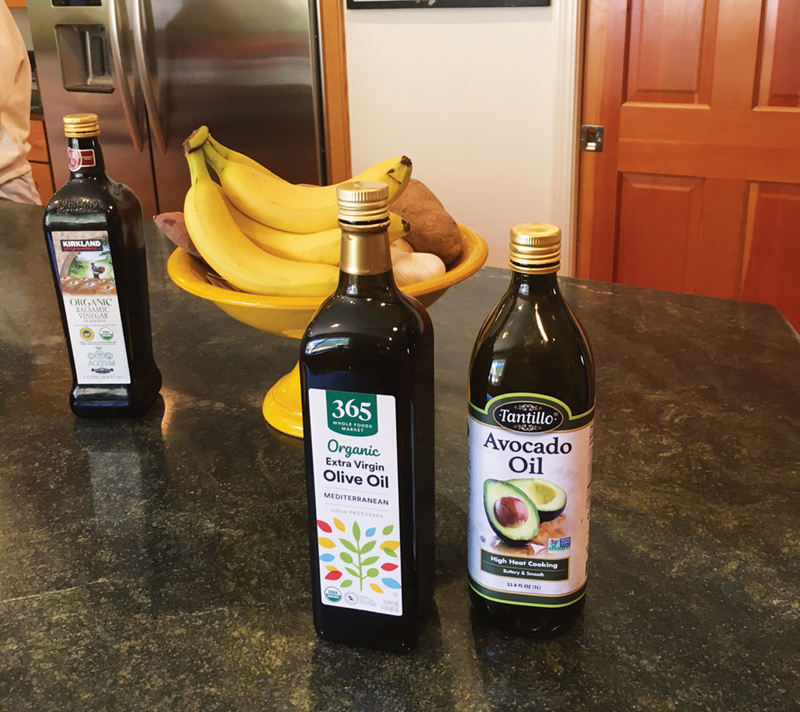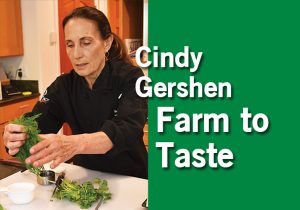The truth about healthy and unhealthy seed oils

 (August 4, 2024) — There are good oils pressed from seeds and bad oils pressed from seeds. But there’s a little more nuance to the issue than that.
(August 4, 2024) — There are good oils pressed from seeds and bad oils pressed from seeds. But there’s a little more nuance to the issue than that.
Seed oils are a good source of fat. Remember, fat isn’t a dirty word. Fats aid in cell growth, nutrient absorption and contribute to the feeling of fullness that signals your body to stop eating.
Last year, there was a good article on the Cleveland Clinic website under the title “Seed oils: Are they actually toxic?” It identifies seed oils that are commonly used, and over-used, in restaurants:
- Canola oil (also known as rapeseed oil).
- Corn oil.
- Cottonseed oil.
- Grapeseed oil.
- Soybean oil.
- Sunflower oil.
- Safflower oil.
- Rice bran oil.
- Peanut oil.
Typically, these oils are well processed and have a long shelf life. Because they are inexpensive, cooks often use them for deep-frying French fries in burger joints and for just about anything you order at the county fair. They lead to chronic inflammation of tissues in the body as they’re digested. Most seed oils are refined, which can mean bleaching and deodorizing.
Better choices
In India, where almost all dishes are fried in oil, there are scientists who believe the country has high rates of diabetes and heart disease because of the overuse of seed oils.
It’s OK to use the bad oils in moderation in home cooking, where you’re controlling the amount used. But even better choices are avocado oil and extra-virgin olive oil. I use avocado oil in sauteing and baking. I lean toward organic, extra-virgin olive oil for dressing salads. “Virgin” means the olive oil is unprocessed.
Remember that you the public have influence in making educated food choices. It’s consumer power. If you insist on healthy seed oils on restaurant menus or in grocery aisles, those businesses will sit up and take notice.
Use good oils in the granola recipe below.
Homemade Granola
2 c. organic rolled oats (quick, thick or gluten-free)
1½ c. raw nuts (almonds, pecans, cashews, walnuts, hazelnuts, pistachios)
1 c. pumpkin seeds or sunflower seeds (a combo of both is nice)
½ tsp. cinnamon
½ tsp. cardamom or nutmeg
½ tsp. salt
½ c. unrefined or virgin oil like coconut, avocado or olive oil
½ c. maple syrup
1 tsp. vanilla
Optional:
¼-½ c. mix of seeds (chia seeds, hemp seeds, flax seeds, sesame seeds, poppy seeds)
1 c. flaked, unsweetened coconut (use big flakes, not grated)
1 T. orange zest
1 c. dried fruit (cherries, craisins, figs, chopped mango, currants, chopped apricots, raisins)
Preheat oven to 325 degrees. Line rimmed baking sheets with parchment paper.
Combine dry ingredients (except dried fruit) in a big bowl. Pour in oil, maple syrup and vanilla. Add orange zest if desired.
If the mixture seems dry, add just enough oil and maple syrup (in equal portions) to lightly coat all ingredients.
Spread out on one or two baking sheets and bake 10 minutes on middle or lower oven rack. Stir the granola and flatten out gently with the back of a spatula and rotate the pan. Bake 10-15 more minutes or until golden and fragrant. All ovens are different, so check often to avoid scorching.
Let cool completely on the counter before breaking it apart, to ensure good “clusters.” After it has completely cooled, break the granola apart and add dried fruit if desired.
Store in airtight container or jar. This granola will last a couple of months.
Send your questions and comments for Cindy Gershen to cindymgershen@gmail.com.

Cindy Gershen
Cindy Gershen is an educator, nutritionist, chef, and co-author of “Fat Chance Cookbook.”
